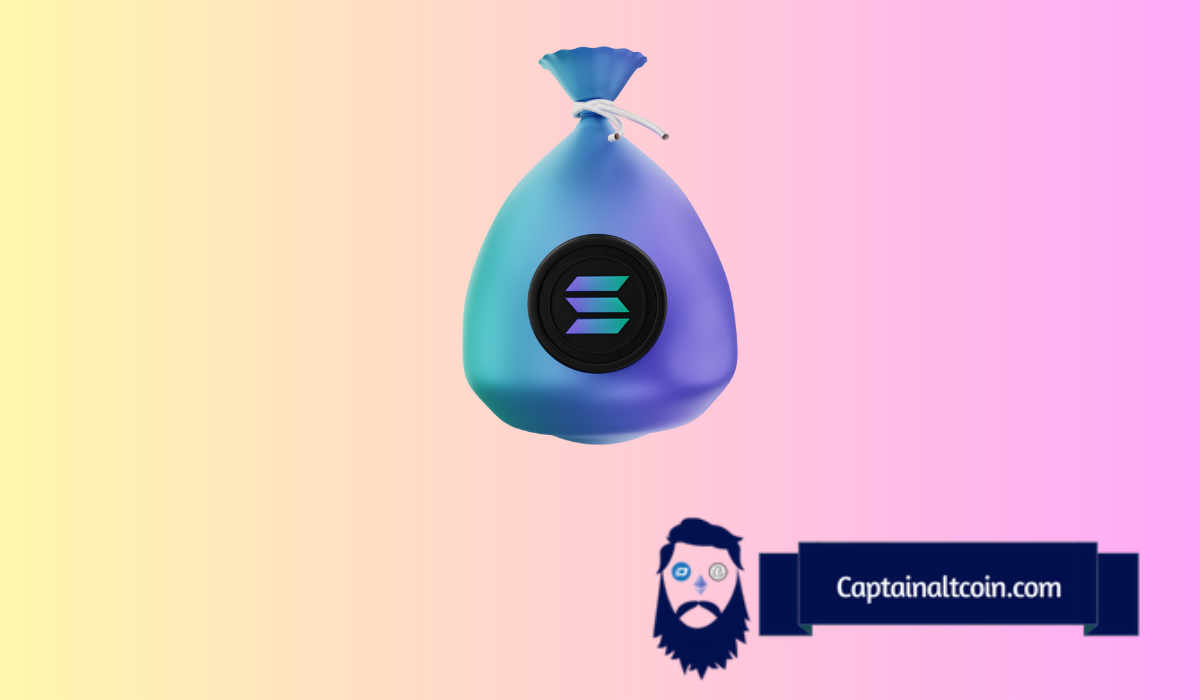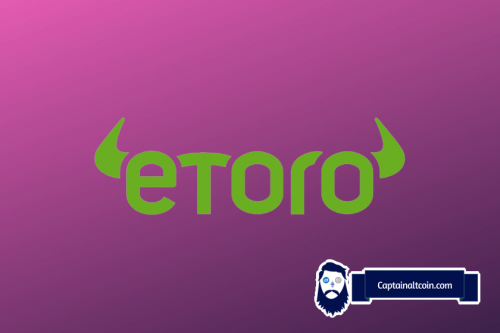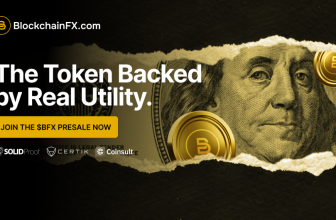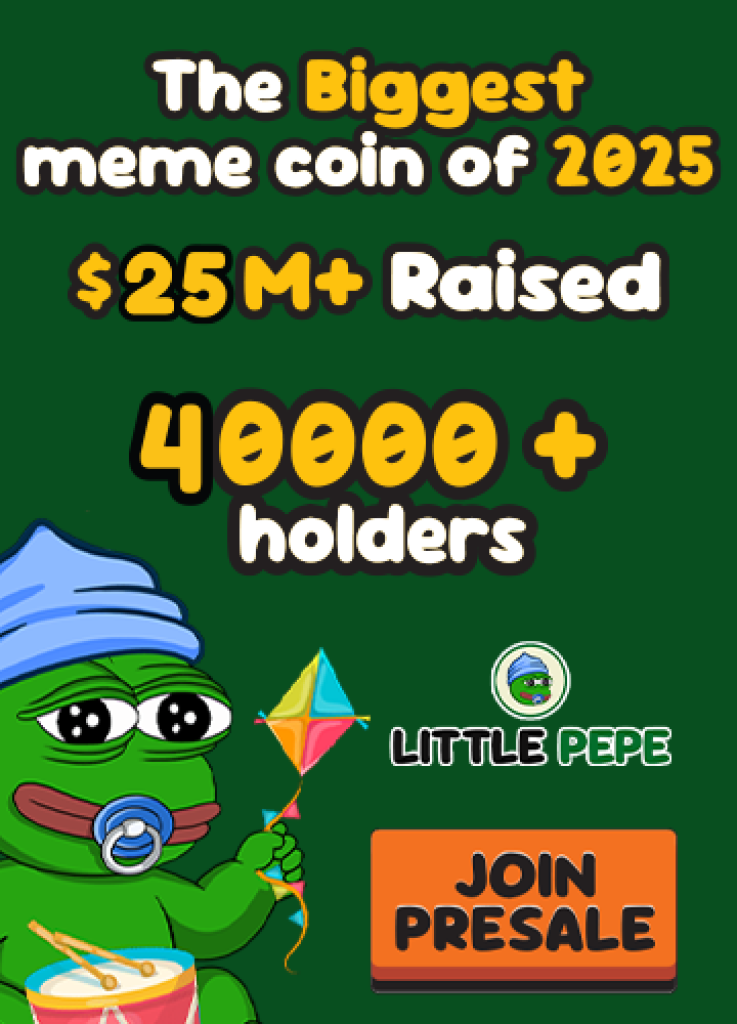
In early 2022, the crypto market found itself ensnared in a bear market, leaving a profound impact on virtually every project, with Solana (SOL) feeling the brunt of it.
The network faced significant outages, coupled with the downfall of FTX and a staggering 96% reduction in Total Value Locked (TVL). SOL’s value plummeted by approximately 93% within the same year according to a recent thread by the Bankless.
What you'll learn 👉
Health Check: A Glimpse into Solana’s Current State
Despite the tumultuous past, Solana’s future is gleaming with potential. Before delving into the prospects, it’s crucial to assess Solana’s current health. The narrative surrounding the network “outages” has evolved. Barring a brief interruption due to an abnormal consensus bug in February, Solana has maintained 100% uptime year-to-date, witnessing a stable upward trend in total daily transactions.

Enhanced Performance
The network’s enhanced performance is attributed to the innovative solutions implemented to counteract network spamming issues originating from Gulfstream, Solana’s alternative to the mempool for managing pending transactions. These remedies have not only improved network resilience but also driven value accrual, with the revenue directed to the protocol (in SOL) witnessing a ~42% increase compared to the previous year.
Resurgence & Value Accrual
Solana’s market capitalization has shown a remarkable resurgence of ~111% year-to-date, following a sharp 92% decline throughout 2022. The protocol burns 50% of all transaction fees, serving as an additional mechanism for value accrual.
TVL & Liquid Staking
The TVL, expressed in USD, has marked a growth of 41% year-to-date. However, when denominated in SOL, it has declined by ~26%, indicating that the rise in TVL is predominantly due to asset price appreciation in USD. Liquid Staking Derivatives (LSDs) have significantly bolstered Solana and its DeFi landscape in 2023, with platforms like @MarinadeFinance, @LidoFinance, and @jito_sol experiencing triple-digit increases in their TVL.

Ecosystem Expansion & Compressed NFTs
Solana continues to prioritize the expansion of DeFi, with a noticeable shift in user engagement towards NFTs, gaming, and consumer-oriented sectors.
In April, the Solana Foundation introduced state compression, a cost-effective method for on-chain data storage, allowing the creation of compressed NFTs. Platforms like @saydialect and @AccessProtocol have adopted this technology, gaining substantial interest and achieving high monthly transaction volumes.

Marketplace Dominance
@tensor_hq has launched its compressed NFT marketplace, capturing approximately 40% of market share year-to-date, allowing users to trade, list, and place bids on compressed NFTs.
The Future: Initiatives & Catalysts
Several initiatives and developments are poised to sustain Solana’s positive trajectory. Solana’s @Neon_EVM went live in July, enabling Ethereum-based applications to operate on Solana seamlessly.
Solana Labs unveiled Hyperledger Solang, a new compiler allowing developers to build projects on Solana using Solidity. The Solana Foundation has introduced convertible grants to support projects within the ecosystem and launched a $10 million AI grant fund, signaling an expansion into the realm of AI.
A Promising Horizon
Solana’s journey, marked by 100% uptimes, value accrual fueled by priority fees, and an evolving ecosystem with technical breakthroughs, has relegated past performance issues and the FTX crisis to the background. The network is on the brink of a new era, with promising catalysts and initiatives on the horizon, making it a potential contender for those looking to diversify their crypto portfolios.
We recommend eToro
Wide range of assets: cryptocurrencies alongside other investment products such as stocks and ETFs.
Copy trading: allows users to copy the trades of leading traders, for free.
User-friendly: eToro’s web-based platform and mobile app are user-friendly and easy to navigate.









